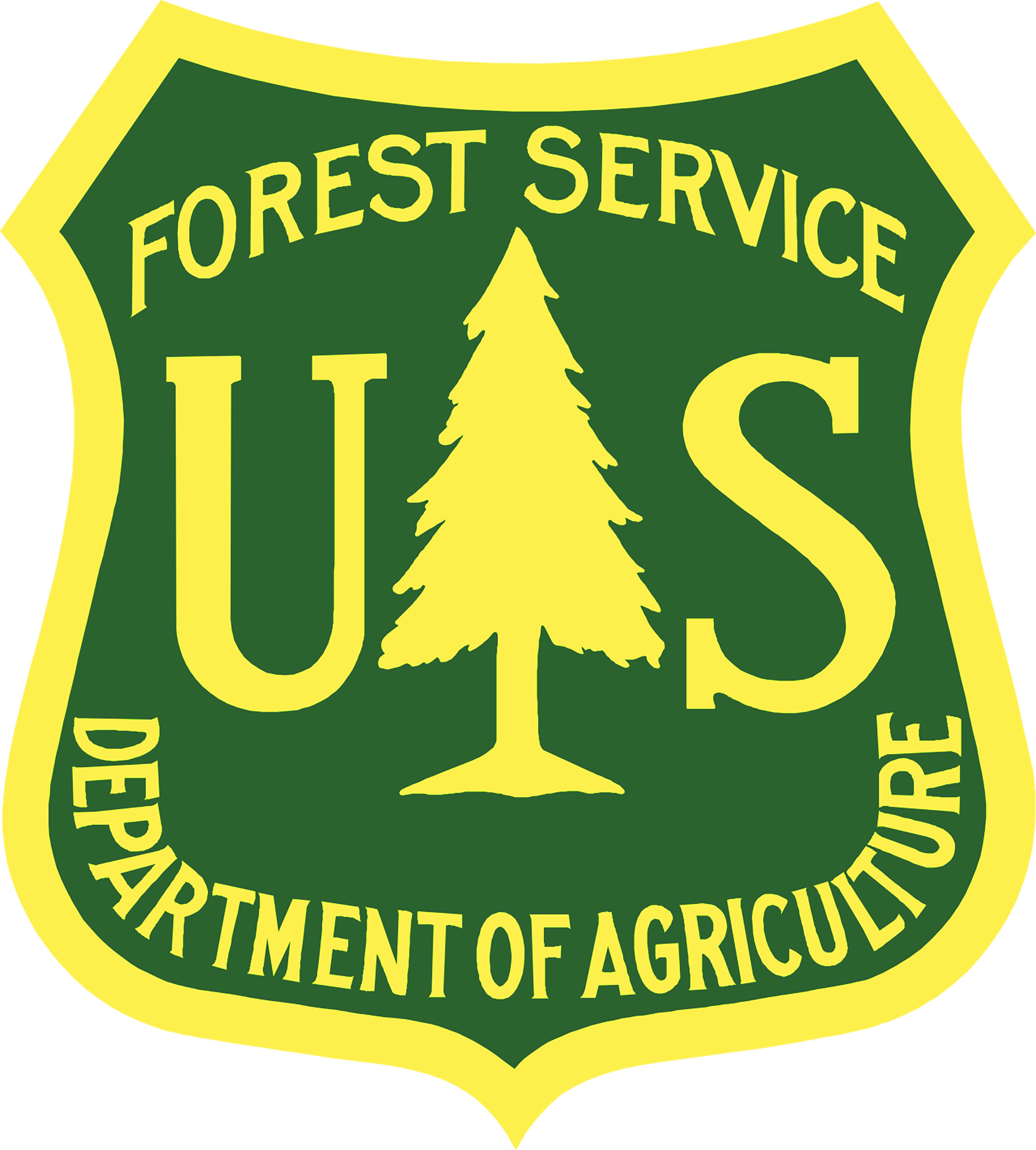Mt. Hood National Forest will implement the Integrated Weed Management Program, which involves using herbicides, mechanical tools, and hand pulling. Beginning in April, qualified professionals will visit snow-free areas in each Ranger District (Clackamas River, Zigzag, Hood River, Barlow) to carry out invasive plant treatment activities. Control efforts will continue throughout summer and autumn as conditions permit. Applicators will follow all restrictions and regulations regarding the use of herbicides as stated on the herbicide label and the Final Environmental Impact Statement for Mt. Hood National Forest and Columbia River Gorge National Scenic Area (FEIS 2008). Invasive plants scheduled for treatment include, but are not limited to, non-native knotweeds, hawkweeds, knapweeds, Robert geranium, shining geranium, houndstongue, toadflax, false brome, sulphur cinquefoil, Armenian blackberry, Scotch broom, tansy ragwort, and reed canarygrass. Oregon State licensed personnel will apply herbicides on target species using ground-based equipment (backpack sprayers, handheld bottle sprayers, vehicle-based hose and wand sprayers). A local forest official or trained staff will monitor treated sites and conduct appropriate restoration.
Information on invasive plant management on Mt. Hood National Forest is available from: http://www.fs.usda.gov/mthood/.
General information on noxious weed identification and management is available from: http://oregon.gov/ODA/PLANT/WEEDS/
Noxious weed treatments are primarily along roadsides and popular recreation areas. Notice signs will be posted prior, during, and after application. Additional information may be obtained by contacting Lin Kyan (503) 622-2054 for Clackamas River and Zigzag Ranger Districts, or Christina Mead (541) 467-5132 for Barlow and Hood River Ranger Districts.



